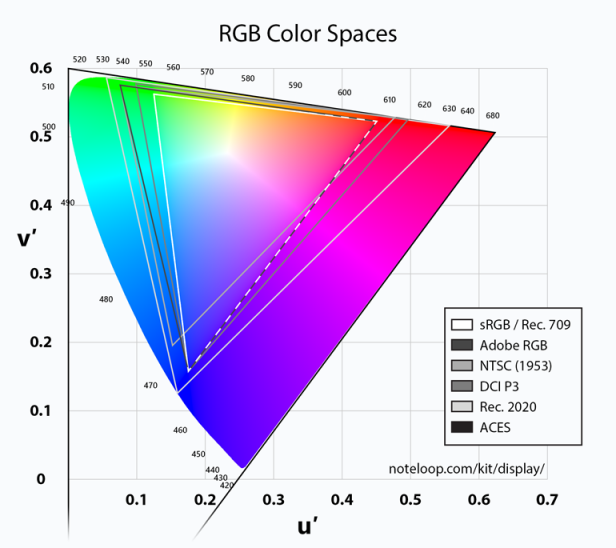In the world of the latest display technology, it is hard to keep up. Right when you think you have it down pat, a new wave of technology comes along that makes a great picture look even better. In the past several years, we have seen 3D, 4K, OLED and quantum dots. Like almost every year, this year is no exception. The latest trend in televisions is called HDR (high dynamic range) video.
Introduced in Photography
Chance are, you have seen HDR in photographs many times. Photographers have used this technique for many years to capture the lightest light and darkest dark in a photo by using multiple exposures. Without HDR, it is extremely difficult to snap a photo that captures both ends of this spectrum. Below is an example of a HDR photo.

HDR Photo by Trey Radcliffe
Now imagine your TV capturing every frame detail with precise color and contrast like the photo above with only one exposure!
Display Technologies
HDR isn’t tied to a certain type of display technology, but almost all HDR sets so far share a few traits. Vizio, Sony, Samsung, Panasonic, LG, TCL, and Hisense all have HDR-capable TVs that are essentially super-powered LCD 4K televisions. These sets can get really bright—bright enough that looking at an onscreen sun or explosion can make you squint. These panels’ backlight systems crank up to more than 1,000 nits—by comparison, most LCD HDTVs put out around 300 or 400 nits. Why so bright? With such a high peak brightness, the contrast between light and dark (or light and lighter) areas of the scene are more pronounced.
Also, most HDR televisions are not OLED sets. They use LCD panels, since they can get much brighter than OLEDs. However, because OLEDs don’t have backlight systems (each pixel turns on and off individually on an OLED) they can get much darker, and therefore produce deeper blacks. Earlier this year, LG and Panasonic both announced new 4K OLED TVs that can display HDR video.
HDR content preserves details in the darkest and brightest areas of a picture that are lost using current standards. It also allows for more natural, true-to-life colors that are closer to how we see them in real life. Contrast and color are therefore the two main things to keep in mind when thinking about HDR.
Contrast
There are two components when it comes to contrast. One is peak brightness which refers to how bright a TV can go measured in what’s known as nits. TVs must meet a specific target of nits in order to be given the HDR label.
The other measurement is black level. Similar to peak brightness, black level refers to how dark a TV image can appear and is also measured in nits. So, for example, a TV could have a peak brightness of 400 nits and a black level of 0.4 nits.
The difference between the peak brightness and black level is known as the contrast ratio. HDR TVs have to meet specific standards for peak brightness and black level which helps give them the dynamic appearance.
Color
When it comes to color, a TV must be able to process what’s known as 10-bit or ‘deep’ color. 10-bit color equates to a signal that includes over a billion individual colors. In comparison, Blu-ray uses 8-bit color, which amounts to around 16 million different colors. With 10-bit color, HDR TVs will be able to produce a vastly expanded range of color shades, reducing overtly obvious gradations between shades and making scenes look far more realistic.

HDR TV with various gradations of shades will be much smoother than on current TVs.
Stay Connected
If you have a question about HDR televisions or any other home technology, feel free to contact one of our residential technology specialist from the link below.
Request a Consultation.




